Selecting a holster is more than a matter of preference; it’s a way to keep hold of your firearm responsibly. A thoughtfully selected holster impacts how well you carry your gun and whether you can conceal it in public or not. So, if you are a law enforcement personnel or military officer, and wondering how to choose the best concealed carry holster, don’t worry, you are not alone. The blog ensures that you select the gun cover that comes with a promise of efficiency, comfort, and safety. It also discusses the various types of holders, their characteristics, and ideal use cases.
Factors to Select the Best Concealed Carry Holster
It’s imperative to assess your requirements before you decide on the right holster for the combats. Here are the key factors to help you decide:
- Coverage: An exposed trigger can bump or snag against a surface, leading to accidental discharge. The holster should properly secure the gun’s trigger to prevent such problems and draw serious consequences.
- Secure Cover: A good concealed carry holster moulds to the shape of the gun, maintaining proper retention and accessibility. Your weapon can fall out or be challenging to pull out if it isn’t adequately covered by the holster.
- Concealment Level: Not every holster completely hides your gun. Some cling close to your body for maximum concealment, while others are only as good as the clothes you wear to cover them. However, the right choice depends on what degree of secrecy you are looking for.
- Consistent Grip: A loose grip inside the holster keeps the gun vulnerable to falls and slips. Ensure that the concealed carry you choose holds the weapon tightly until you extract it.
- Draw Speed: A holster with a quicker draw speed is preferred over one that makes it difficult to retrieve the weapon. However, many weapon owners weigh other factors like retention, placement, and ride height to decide the right holster for themselves.
- Comfort: Whether you are comfortable with the holster or not is crucial in deciding. Consider your requirements according to how your routine looks, as the holster choice can differ if you are on the move every day or sit all day long.
- Safety: Whether you have to run, walk, or hide, the holster should keep your gun snugly hidden so that you don’t flag yourself. Such a situation can raise awareness and draw unnecessary attention from the public.
Materials Available in Concealed Carry Holsters
You are aware of what to look for in a holster; however, not only the type but also the material varies to suit different purposes. Commonly, three types of materials are available in a concealed carry holster:
1. Leather
Leather holsters are the most commonly used covers by police personnel and detectives. The fabric is comfortable and doesn’t take time to conform to the shape of the weapon. It is known for durability, retention, and a professional touch. However, a leather concealed carry cover requires regular maintenance to maintain its functionality.
2. Nylon
Nylon is one of the most comfortable fabrics of all time; however, it is not as durable as leather. The material is lightweight and moulds according to the shape of your weapon. Although due to a lack of rigidity, it isn’t a popular option when you are looking for holsters for a specific purpose.
3. Kydex
Kydex is a type of rigid plastic material and is known for its retention abilities. It is a durable option for those who do not want to struggle with everyday wear and tear. However, this material does not conform to the shape of your weapon and can be uncomfortable in various situations.
Different Types of Holsters and Their Ideal Use Cases
Holsters have varying purposes to suit different carrying preferences, lifestyles, and environments. Whether you want comfort over concealment or vice versa, you can find a concealed carry for your requirements:
1. IWB (Inside the Waistband) Holster
The holster is kept between your pants and skin, providing maximum concealment. This type is the most commonly used concealed carry due to its low profile and ability to keep the weapon hidden in public. Since it is not visible, there are negligible chances of accidental trigger or unauthorised access. However, it can result in printing, especially if you wear tight clothing.
Ideal use cases:
- Requires everyday concealment
- When a job requires you to be on the move with minimal sitting or driving
- When you want to keep the gun firmly pressed against your body for immediate use
2. OWB (Outside the Waistband) Holster
The holster is outside your belt or pants, making your gun easily visible to everyone. It sits away from your body, maximising comfort and minimising heat and pressure. Since an OWB holster enables quick access and draw speed, it is ideal for emergencies. However, if you want to conceal your weapon, an OWB is not a good choice.
Ideal use cases:
- When you are in an area where open carry is allowed
- When you are wearing loose and oversized clothing (the OWB is concealed)
- When you want to ensure quick draw and easy reholstering
3. Shoulder Holster
A shoulder holster hangs onto you just like a backpack and distributes the weight equally on your back. In concealed carry, the firearm rests underneath your armpit, allowing you to drive or sit without discomfort. However, if not positioned carefully, the trigger might get accidentally pulled.
Ideal use cases:
- Offers gun accessibility when in a seated position
- Enables you to balance spare magazines or additional weapons on the other side
Conclusion
The answer to how to choose the best concealed carry holster is simple: consider your requirements and purpose. If you want to keep the gun hidden from the public eye, an IWB is your best choice. However, if you prefer keeping the weapon in the open and not carrying extra baggage, select an OWB. Those who have desk or patrol duties would find a shoulder holster to be the best choice. Weigh in on the pros and cons of all types of holsters, consider the material, and choose the concealed carry for your gun.
FAQs
1. Which holster is best for me?
The best holster depends on your purpose, requirements, and preference. Each type of holster comes with its advantages and disadvantages that you need to understand before deciding.
2. What is the most comfortable concealed carry holster?
An OWB is the most comfortable concealed carry holster if a significant part of your job involves running and walking.
3. Is a Kydex holster better than leather?
A Kydex holster is more durable; however, it doesn’t conform to the weapon like leather.
4. Is an IWB holster better than an OWB holster?
Yes, an IWB holster is better than OWB if you want to conceal your weapon.
5. What is the advantage of a shoulder holster?
A shoulder holster distributes weight equally on your back and doesn’t make you uncomfortable while driving or sitting for long hours.

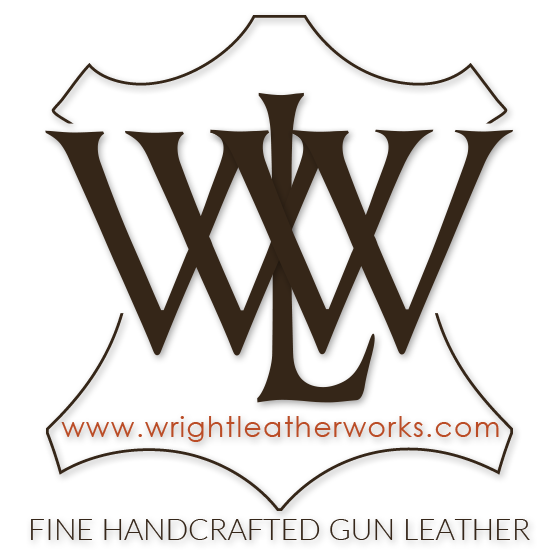
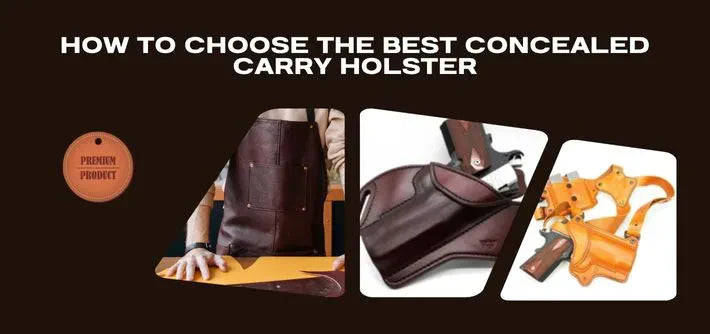
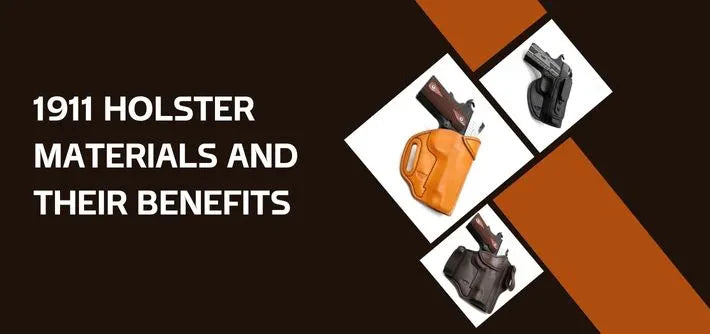
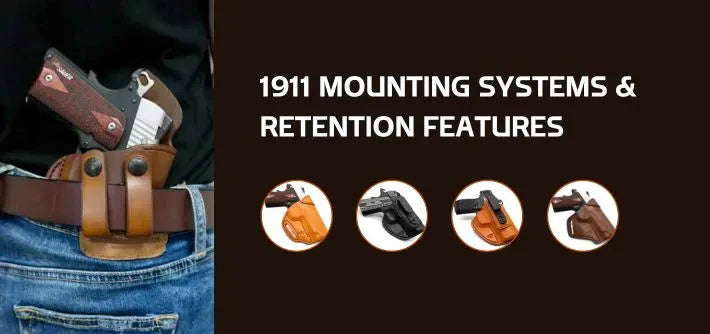
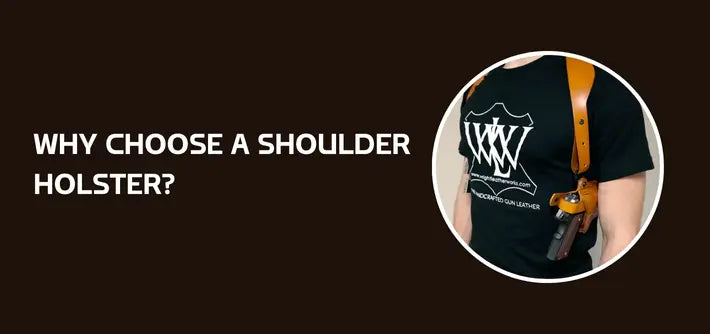
Leave a comment (all fields required)